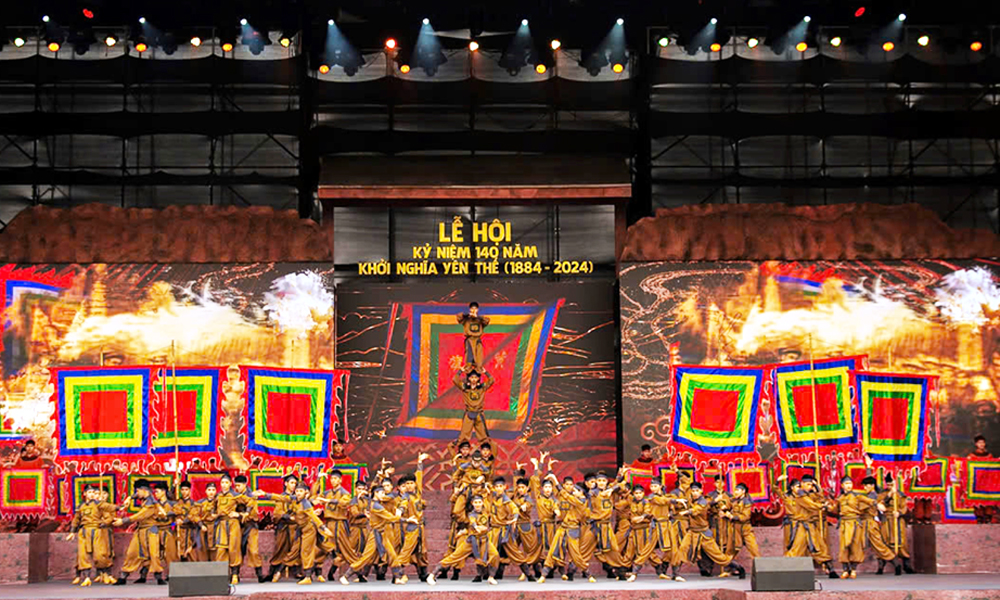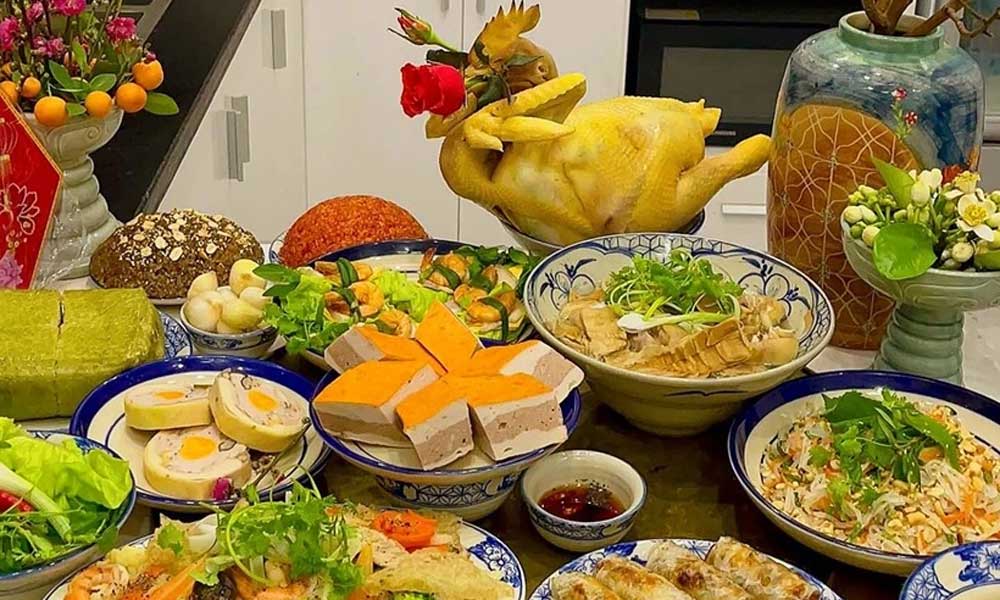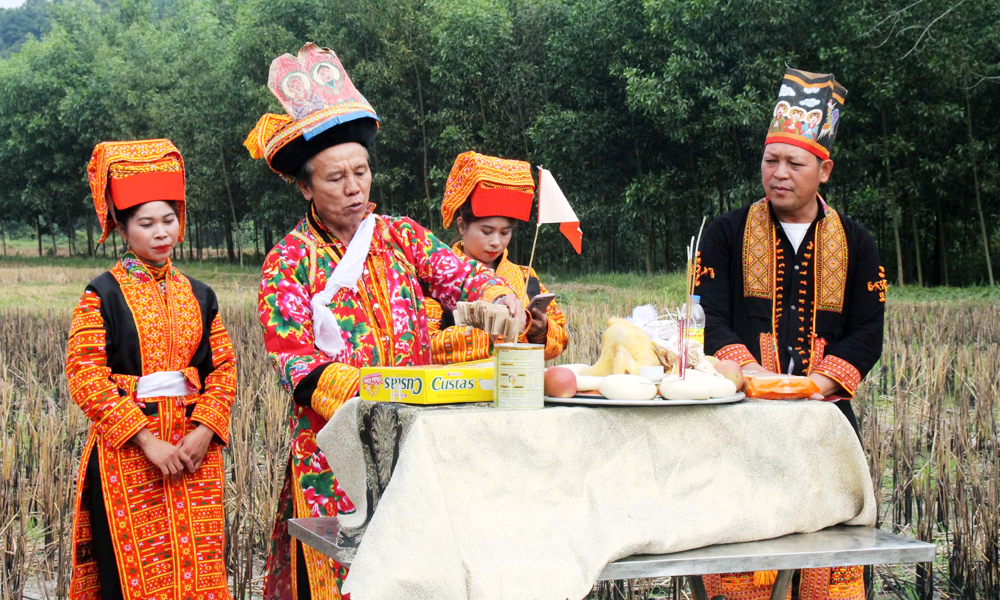Sacred image of snake
When the ancient kingdom of Van Lang (the first name of the country) was established, the snake was already considered sacred creature. Many daggers from the Dong Son Culture, dating back over 2,000 years, featured beautiful snake sculptures. One of these sculptures has been recognised as a national treasure and is currently on display at the Nghe An Provincial Museum.
The sculpture depicts a pair of intertwined snakes on the hilt of a Dong Son dagger. The mouths of both snakes are wide open, with detailed eyes and round and elongated bodies.
 |
|
The image of a snake engraved on Anh Dinh. |
The snakes’ mouths hold the legs of an elephant, which is vividly portrayed with a head, a tail, and even a howdah on its back. The howdah is detailed with visible binding straps.
A bronze drum is neatly placed on the elephant’s back. These elements encapsulate sacred symbols of the ancient Vietnamese people, condensed into a single artwork.
At that time, the bronze drum was also a symbol of a leader among the ancient Vietnamese. Historical records note that possessing one or two bronze drums could grant someone the right to "claim the title of King".
From an artistic perspective, the sculpture of the intertwined snakes is both surreal and compositionally balanced, reflecting the spiritual and mythical consciousness of the ancient Vietnamese people.
Notably, the sculptor demonstrated exceptional craftsmanship, creating a masterpiece of such intricate beauty despite the sculpture’s modest size, with the entire piece — including the dagger blade — measuring only about 12 cm in length.
The image of the snake is also preserved on the Nine Dynastic Urns of the Nguyen Dynasty. In 1835, Emperor Minh Mang commissioned the creation of these nine bronze urns with the desire to ensure the Nguyen Dynasty would last as long as these urns.
He asked skilled craftsmen to model the urns after various representations, including birds, fish, animals, plants, weapons, vehicles, and even astronomical and geographical features, both large and small, all in the shape of specific objects.
The Nguyen court selected 162 engravings in the above themes, among which are over 20 animal species, including a snake engraved with Anh Dinh (one of Nine Dynasty Urns named after the posthumous name of Emperor Tu Duc).
The snake is coiled in several loops, its neck raised high, with its jaws tightly gripping its prey. Some scientists said that this depicts a species of snake which has the habit of coiling into many loops, with its head often raised.
Meanwhile, the python is depicted on the Huyen Dinh (another urn). The artisans of the Nguyen Dynasty were able to delicately distinguish between the two species and chose to depict each animal on the urns with a unique engraving to fit the selection criteria — with each species represented only once.
Art researchers have observed that the image of the dragon during the Ly-Tran Dynasties, with its curved form, resembles a snake due to its round body, scales covering the entire body, and sinuous coils.
The dragon, a mythical creature, is not a real animal but rather a composite symbol combining various animals. However, its essence still maintains the characteristics of a snake, with additional features such as a soft trunk, fangs, four legs, and sharp claws reminiscent of a bird.
Snakes also appear in the Mother Goddess Worship in Vietnam. They are symbolised by two snakes: Thanh xa tuong quan (the green snake) and Bach xa tuong quan (the white snake), referred to as "Ong Lot".
These snakes accompany the Mother Goddess of Heaven (Mau Thuong Thien) and Mother Goddess of Forest (Mau Thuong Ngan) deities as protectors. In the Mother Goddess temples, the pair of snakes are often depicted coiled around the beams of the temple, facing the altar.
The image of the snake as a sacred symbol is also represented in more than 300 temples dedicated to the snake deity, who is regarded as a god of water management.
This deity is present in many regions along large rivers such as the Red River, Duong River, and Cau River. Sometimes the snake takes the form of the deities Linh Lang and Tam Giang, or even the figures of Ong Dai and Ong Cut.
In Vietnamese astrology and feng shui, the snake represents a specific year (the Year of the Snake). The story of the mythical hero Thach Sanh, who killed a giant python but was robbed of his glory by Ly Thong, is also well-known in Vietnamese folklore.
This story is often depicted in traditional folk paintings. The tale of Thach Sanh is a part of the rich cultural heritage, and many Vietnamese people grow up hearing this story from a young age.
 Bắc giang
Bắc giang














Reader's comments (0)